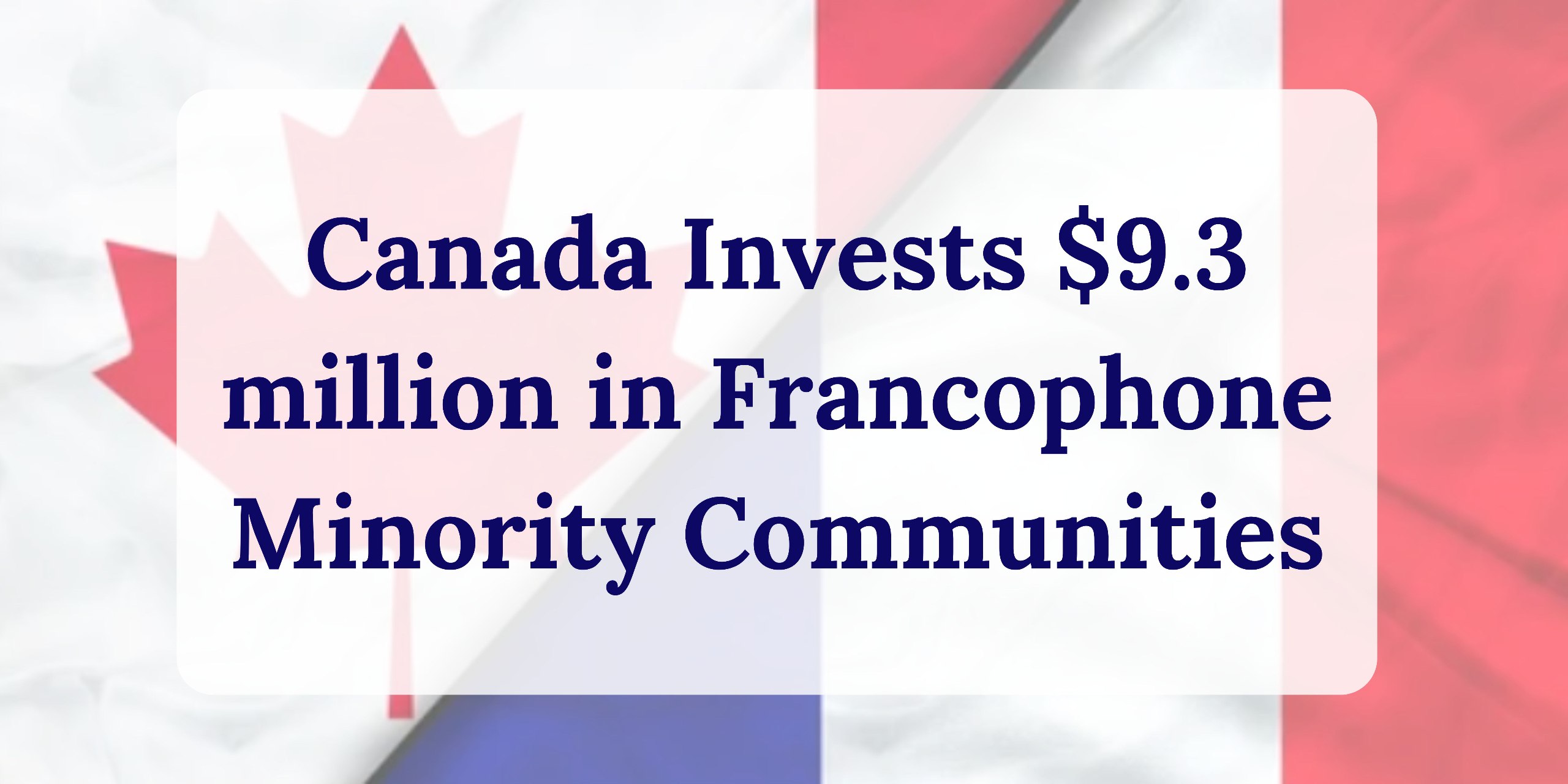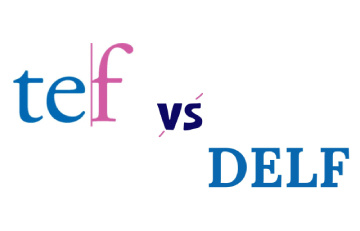
The TPR (Total Physical Response) method was developed in the 60’s – 70’s. The American professor James Usher found that children first memorize gestures and then begin to speak. Studies have shown that new words are remembered faster if they are associated with certain gestures.
The essence of the method is to learn new words and phrases through emotion, gestures, and play. It is much easier to memorize the adjective “happy” if you show a happy smile on your face. It is the same with verbs: for example, children quickly memorize the verb “to cry” by pretending to cry, or “to sleep” by imitating sleep. You can build whole phrases like “Every morning I wash my face,” then add new words.
The TPR method helps:
- To activate both hemispheres of the brain. The left hemisphere is responsible for mental activity, and the right hemisphere is responsible for figurative thinking and emotions. Accompanying speech with gestures, you make both hemispheres work in sync.
- To increase the effectiveness of the lessons. The TPR method allows you to quickly learn basic expressions and commands. It is useful not only for children, but also for adults who are learning English from scratch.
- To learn English without stress. It’s much more fun to pick up facial expressions to memorize emotions than it is to try to remember the correct name on paper.
- To vary the activities. This method is used for changing activities and relaxation. It is especially useful for children, so TPR can be practiced during physical activity minutes.
At eTalk Online English School, we use the TPR method in lessons with both children and adults. This method helps to relieve stress during the lesson, connect imaginative thinking, and quickly memorize new phrases.












